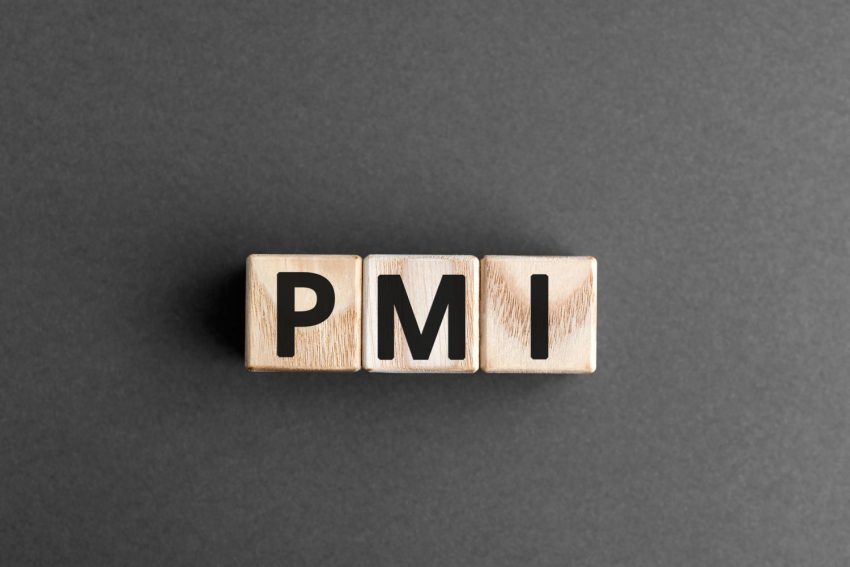Despite this decline, it is worth noting that the average PMI for the third quarter is currently 50.2 points, compared to 45.4 for the second quarter.
Manufacturing PMI in August 2025 declined by 1.4 points to 49.5 points, returning to contractionary territory. This decline indicates sluggish business activity and weak demand.
The Absa Purchasing Managers’ Index (PMI) is an economic activity index based on a survey conducted by the Bureau for Economic Research (BER) and sponsored by Absa. It measures the health of South Africa’s manufacturing sector.
Jee-A van der Linde, senior economist from Oxford Economics, said beyond disrupting commercial activity, United States (US) tariffs are weighing on local exports, while manufacturers face mounting competition from cheaper imports.
ALSO READ: Good news for GDP: Manufacturing PMI reaches above 50 points, but employment levels still weak
US tariffs hurting manufacturing
Despite this decline, it is worth noting that the average PMI for the third quarter is currently 50.2 points, compared to 45.4 for the second quarter.
PMI shows that new sales orders declined again by 8.5 points to 47.4 in August. According to Absa, domestic and global demand continue to face significant pressure.
“Respondents refer to tariffs hurting exports, even if they themselves are not directly impacted; some mention knock-on implications of impacted clients.”
Cheaper imports in manufacturing
The PMI also shows that the business activity index declined by 1.3 points to 45.8 points in August, remaining in contractionary territory for the tenth consecutive month. “Respondents again noted increased competition from cheaper imports.”
Meanwhile, the supplier deliveries index decreased by 3.5 points to 53 in August. “The decrease is likely due to declining orders, rather than improvements on the logistical front.”
Surprisingly, the employment index increased by 5.2 points in August, reaching 48.9.
“Still, given the challenging trading environment and constrained demand, employment has remained below the 50-mark for a year and a half. Only sustained improvements in activity can have a significantly positive effect on employment.”
Relief on the input
The purchasing price index decreased slightly by 0.8 points, edging to 58.5 in August, signalling some relief on the input cost front.
“The rand was relatively stronger in August, staying below R18/$ throughout the month, reaching R17.40/$ in mid-month compared to R18.19/$ on 31 July.
“Despite some volatility, the crude oil price was largely flat at an average level. The index tracking expected business conditions in six months’ time improved slightly from 56.4 in July to 56.8 in August,” stated Absa.
ALSO READ: Manufacturing output for June shows improved GDP in second quarter
Chinese exports to Africa
Van der Linde added that domestic exports to the US from January to July are already 15.8% lower compared to the same period last year, while imports from China are up 4.2% over the same period.
“This reflects a broader trend on the continent, as data from Bloomberg indicates that Chinese exports to Africa in the first seven months of 2025 have already surpassed the full-year total for 2020 and remain on track to exceed $200bn this year for the first time.”
He highlights that SA’s new-vehicle sales data show that while total exports are up 2.5% year-to-date until July, aggregate production is down 2.4%, and total vehicle imports are up 31.5%.
Job losses
“These trends bode ill for South Africa’s manufacturing-sector employment – the employment sub-index has languished in contractionary territory for 17 consecutive months,” says Van der Linde.
“Such a structural shift in merchandise trade, without the correct policy response, could exacerbate de-industrialisation and precipitate further job losses.”
He notes that the industry output numbers for June indicate that the manufacturing and mining sectors are expected to make a positive contribution to the second quarter of the GDP
The future
He emphasises that tariff uncertainty will remain at the forefront of business leaders’ minds in the second half of 2025 (H2 2025), especially after the US imposed 30% import tariffs on South African goods, making it unlikely that general sentiment will improve meaningfully in the near term.
“As such, we maintain our below-consensus 2025 real GDP growth forecast of 0.8% as the disruptive impact of US tariffs will continue to undermine domestic economic activity in H2 2025.”
NOW READ: Ford to retrench nearly 500 workers in Pretoria and Eastern Cape
